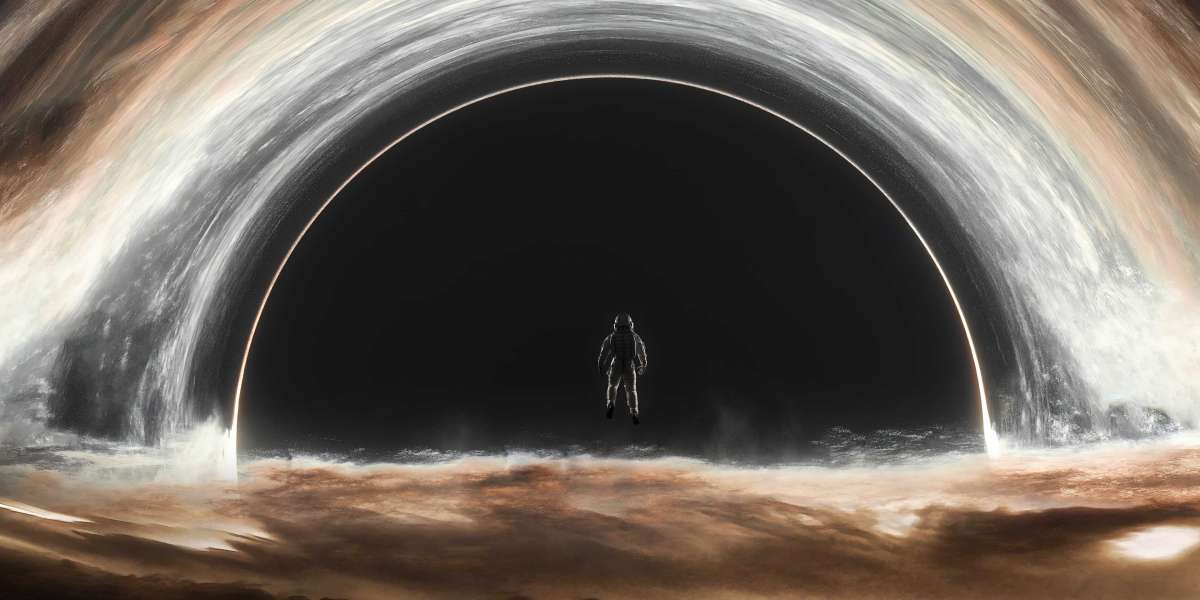Digital Art has transformed the landscape of creativity, merging technology with artistic expression. This blog post delves into the fascinating journey of Digital Art, exploring its origins, evolution, and the current trends shaping its future.
Understanding Digital Art
What exactly is Digital Art? At its core, Digital Art refers to artistic works that utilize digital technology as an essential part of the creative or presentation process. This includes a wide array of forms, such as digital painting, 3D modeling, and even interactive installations. As technology advances, so does the scope of what can be considered Digital Art.
The Early Days of Digital Art
The inception of Digital Art can be traced back to the 1960s when artists began experimenting with computer-generated imagery. Early pioneers like Frieder Nake and Harold Cohen used algorithms to create art, laying the groundwork for future developments. These initial explorations raised questions about authorship and creativity in the digital realm.
- 1960s: The birth of computer-generated art.
- 1970s: The introduction of digital painting tools.
- 1980s: The rise of personal computers and graphic software.
Digital Art in the Modern Era
Fast forward to the 21st century, and Digital Art has become a dominant force in the art world. With the advent of powerful software like Adobe Photoshop and Procreate, artists can now create stunning visuals with unprecedented ease. Moreover, the rise of social media platforms has allowed artists to share their work globally, fostering a vibrant online community.
How has this shift impacted traditional art forms? Many artists now blend traditional techniques with digital tools, creating hybrid artworks that challenge conventional boundaries. This evolution raises intriguing questions: Is Digital Art less valuable than traditional art? Or does it offer new avenues for expression and innovation?
The Future of Digital Art
Looking ahead, the future of Digital Art appears bright. Emerging technologies such as virtual reality (VR) and augmented reality (AR) are set to revolutionize the way we experience art. Artists are now able to create immersive environments that engage viewers in ways previously unimaginable.
- Increased accessibility for artists and audiences.
- Integration of AI in the creative process.
- New platforms for exhibiting and selling Digital Art.
As we embrace these advancements, it is crucial to consider the implications for the art community. Will the rise of AI-generated art redefine creativity? Or will it enhance the artistic process, allowing for greater exploration and innovation?
Conclusion
In conclusion, Digital Art has come a long way from its humble beginnings. It has evolved into a multifaceted medium that continues to challenge our perceptions of art and creativity. As technology progresses, so too will the possibilities for artists. To explore more about the fascinating world of digital art, check out this resource.








